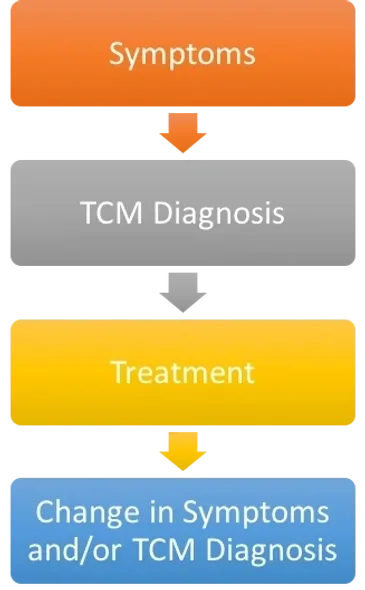Record-keeping software that will help you find better treatment strategies
Transforming Traditional Chinese Medicine Through Data: Empowering Insights for Enhanced Treatment Strategies
Two Big Goals
Our aim is to support TCM practitioners everywhere around the world, just like you, in two main ways.
To be the best TCM EHR software ever!
Firstly, we sincerely believe are well on the way to developing the best application yet for efficiently recording your clinic notes and manage your clinic scheduling.
If you don’t believe us, register and see for yourself!
Finding and sharing best treatments
Also, it is our dream, that by working together, we eventually be able to determine and share with the TCMCR community the best treatment approaches to use for your patients in real life clinical settings in two main ways
Our soon launched case history section will enable anyone, whether subscribed to the TCMCR or not, to share or download case histories.
Also, once sufficient data accumulates, taylored reports will be able to be generated and imported to patient treatments within the TCMCR program.
Completed Treatment Units
Pragmatic registry data is the key to understanding what works in the real world of clinical practice.
Completed Treatment Units (CTUs) of consenting patient’s de-identified data will therefore be the lifeblood of this project.
As CTUs accumulate, they should gradually enable us to ever more clearly determine what works (or doesn’t) in the real world in all conditions and Chinese medical constitutional diagnoses we generally encounter and will be the basis of the TCMCR’s Effective Treatment Reports.
Harnessing the insights possible from large pragmatic data, the TCMCR aims to facilitate continuous improvement in our profession, with your help as part of the TCMCR community.
CTUs should also answer important clinical questions, such as:
- Predicting the typical number of treatment sessions usually necessary for good outcomes in specific conditions with various TCM diagnoses.
- Are different treatment styles more effective than others in general or in specific conditions?
- Do TCM constitutional factors alter what the effective interventions are in the conditions we treat? Or
- Are there classic point combinations that work in every case?

Project Background and Next Steps
The TCMCR was initially developed by Michael Popplewell and Jurgen Schmechel, when it was then named True Results. True Results was launched in 2016, around the completion of Michael’s PhD.
The TCMCR was launched again March 1st, 2023 after academic papers validating the TCMDD had been published and had a chance to be digested by the TCM academic community.
Version 1.0 of the TCMCR was launched on 1st March 2023, and only included the clinical record keeping module.
Version 1.9 was launched 10th July 2023, and added an electronic diary, with optional automated texting reminders. This version is also HIPAA and GPDR compliant and includes Chinese herbs.
Much more is being planned, including a case history section open to the non-subscribing public, so stay tuned!
What is the TCMDD?
The TCMDD (pictured right) is an abbreviation of the term the Traditional Chinese Medical Diagnostic Descriptor and is a new TCM diagnostic format. It was developed by Dr Michael Popplewell as part of his recommendations for improving diagnostic reliability in his PhD thesis1.
Papers reporting the levels of diagnostic reliability in TCM in open populations2, recommending Gwet’s AC2 as the appropriate chance removed statistic3 and introducing the TCMDD4 have been published in the Journal of Alternative and Complimentary Medicine (JACM), that have been cited 26 times. These three papers make a persuasive case for consideration of TCMDD use in research and practice.
The TCMDD ensures that the Completed Treatment Units collected include repeatable TCM diagnostic patient profiles, so together we can find what really works in clinic.
1 Improving diagnostic reliability in Chinese medicine
Author Popplewell, Michael C Publisher [Sydney, N.S.W.] : University of Technology Sydney, 2015.
2 Consensus in Traditional Chinese Medical Diagnosis in Open Populations
Michael Popplewell, John Reizes, and Chris Zaslawski
Published Online: 1 Mar 2018 https://doi.org/10.1089/acm.2017.0148
3 Appropriate Statistics for Determining Chance-Removed Interpractitioner Agreement
Michael Popplewell, John Reizes, and Chris Zaslawski
Published Online: 31 May 2018 https://doi.org/10.1089/acm.2017.0297
4 A Novel Approach to Describing Traditional Chinese Medical Patterns: The “Traditional Chinese Medical Diagnostic Descriptor”
Michael Popplewell, John Reizes, and Chris Zaslawski
Published Online: 1 Nov 2018 https://doi.org/10.1089/acm.2018.0065

